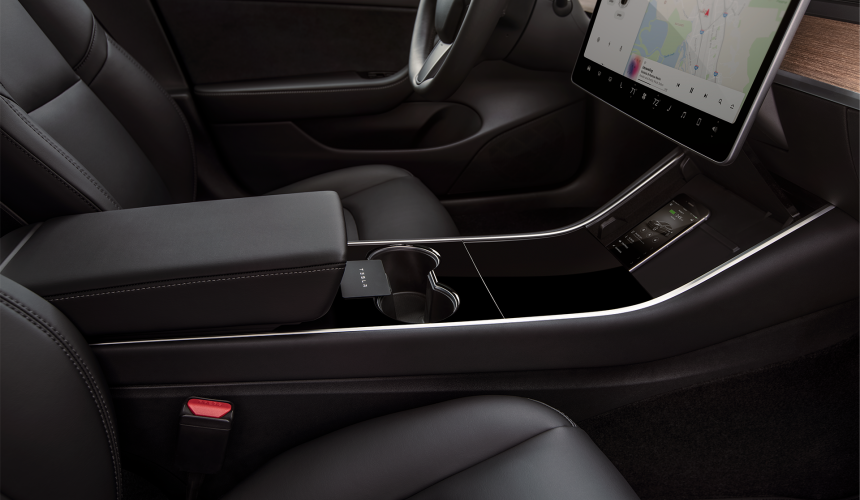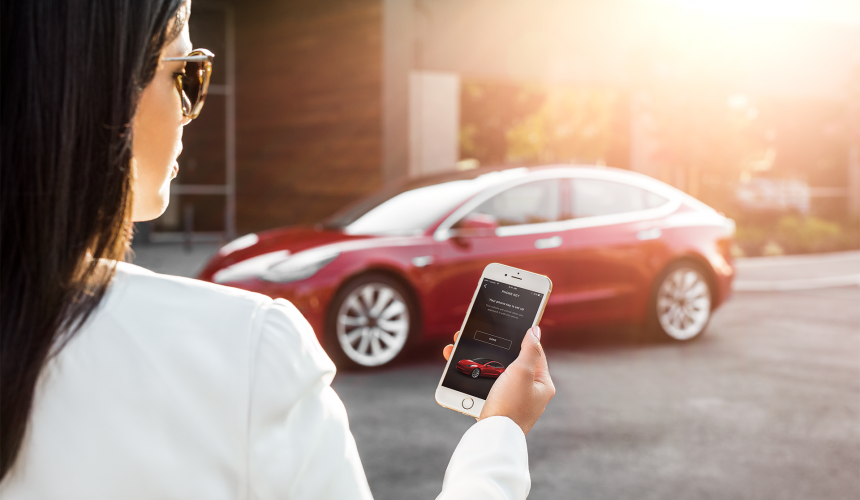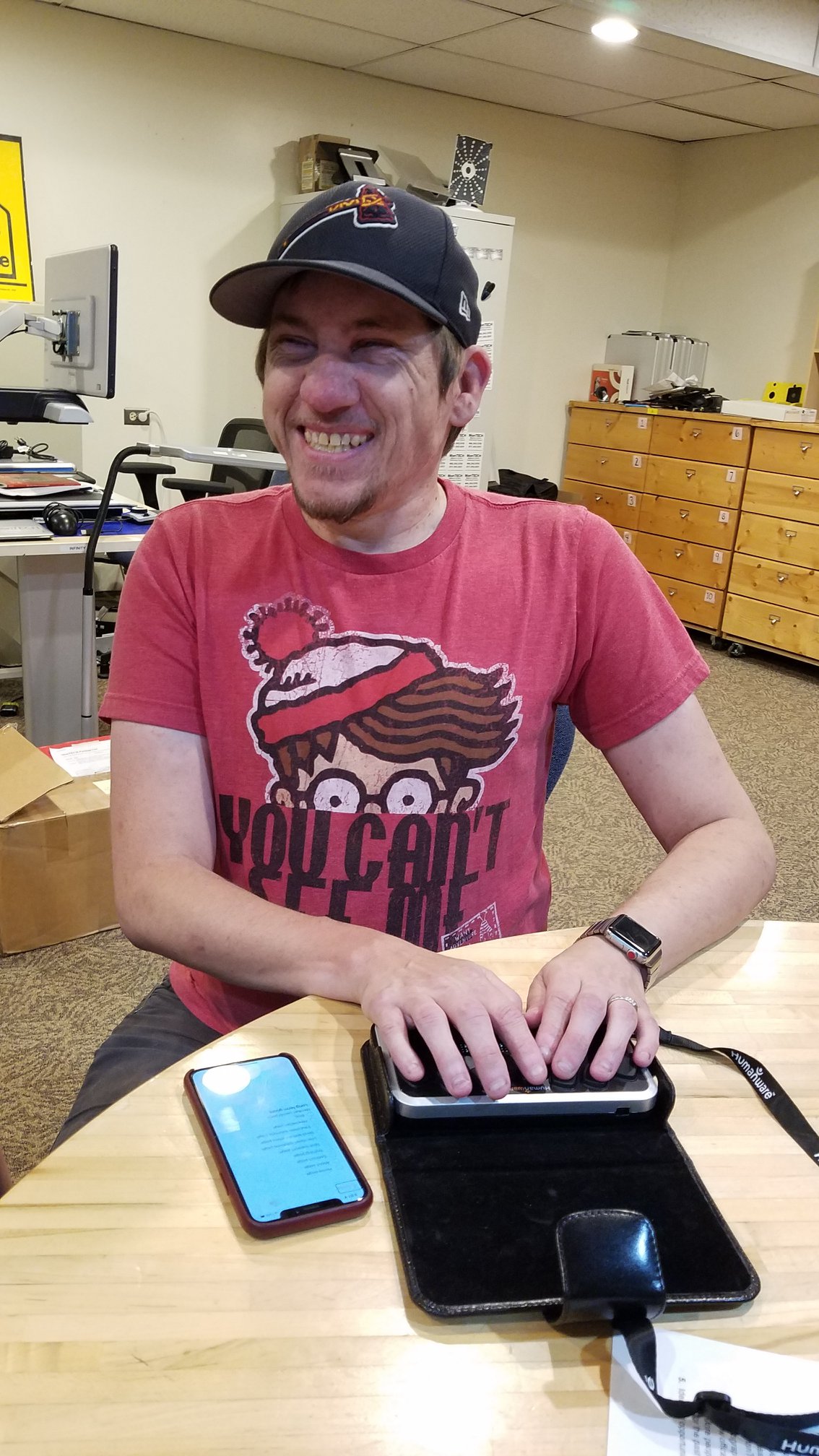
Imagine this scene, I call or message my car. It glides up in front of my house, the side door sliding open as I approach. I tell the car that I'm heading to the grocery store, and it responds, asking which one I prefer and whether I'd like to play my "road rage" playlist. With a smile, I confirm, and we're off—no steering wheel, no pedals, just a comfortable seat to settle into. As we arrive at the store, my autonomous vehicle joins a neat line of others, patiently inching forward until it's my turn to disembark. The door slides open, and I step out, heading into the store for a leisurely shopping experience. Meanwhile, my car finds a parking spot, ready and waiting for me by the time I reach the checkout. As I approach the curb near the front door of the store, bags and white cane in hand. it greets me by name and inquires, "Where to next, Ed?" With a sense of seamless convenience, I hop back in, and we're on our way to the next destination.
The Temptation of Going Solo

Imagine sitting behind the wheel of a car and setting off on a journey all by yourself. sounds pretty amazing, right? As someone who can't rely on sight, the notion of autonomous vehicles holds a lot of promise. But before we start planning our road trips, there are a few important factors to consider.
The Rules of the Road
While the idea of self-driving cars is captivating, there's a catch. Current regulations state that a licensed driver has to be present in the vehicle at all times. So, that image of cruising along without a care might not be as close as we think. It's essential to take these rules into account when picturing a future where we could be behind the wheel.
Technology: A Mixed Bag

We're all rooting for technology to make our lives better, but let's face it - things can get a bit complicated. Different car companies have their own approaches to self-driving tech. This diversity could either be a strength or a hurdle. For us to enjoy a smooth ride in a world filled with self-driving cars, all these different methods need to work together. Easier said than done.
Connecting the Dots in the Real World
Among all the excitement, one crucial aspect often goes unnoticed: the need for reliable wireless connections between vehicles. This is where my skepticism kicks in. Can we truly rely on this technology to communicate seamlessly, especially in places where cell coverage is patchy? Let's not forget the challenges of snowy roads - current self-driving cars often struggle to keep their bearings when faced with such conditions.
On 08/15/2023: a great article was published on the Verge blog about robot cars halting in the middle of the road, because of cellular network congestion.
While I'm all for progress and the possibilities that self-driving cars can bring, I believe in taking things one step at a time. Regulations, technological differences, and real-world hurdles need to be addressed before we can fully embrace a world where the visually impaired can drive autonomously. It's okay to be excited, but it's also crucial to keep a realistic view of the road ahead.

